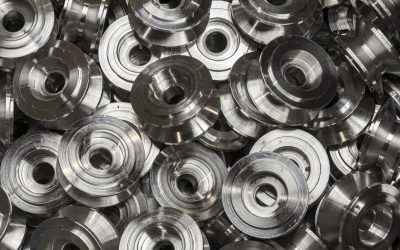Our world today depends on the ability of manufacturing high-quality tools and products that can endure much punishment and deliver high performance. Without this, many of our industries would not be able to perform as expected, nor innovate and evolve as industries. In order to create these high-quality tools, precision Swiss machining is involved. Learn more about precision Swiss machining and why this process is so important below.
Precision Swiss Machining: What It Entails and How It Developed
This type of machining involves using Swiss-type CNC (computer numerical control) lathes that turn parts of a material in a radial motion while a cutting tool cuts that material. This type of machining is most often used when small parts requiring high accuracy and precision are needed to be made.
This type of machining was developed by a well-known watchmaker named Jakob Schweizer. Schweizer worked and lived in the Bienne region of Switzerland; he perfected this machining process between 1872 and 1873. The sliding headstock was his major breakthrough, as this allowed for the continuous combination of longitudinal movement and rotation of the material being worked upon. This development allowed for both rapid backward and forward movements.
Importance of This Machining
The medical and electronics industries are just two industries that rely on this type of machining. Both require very specific small parts in order for their industries to perform as expected. Medical people need very specific masks to perform surgeries, while the popular electronics of today (smartphones, tablets, laptops, TVs) all have small, intricate components and wires to power them. Without this machining, it would be impossible to create enough of these parts and components for the world to depend on the products utilizing them.








